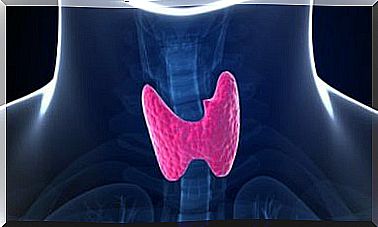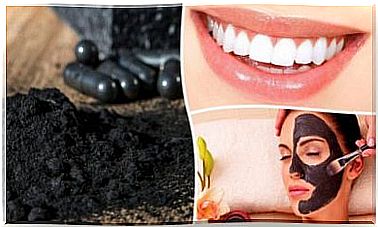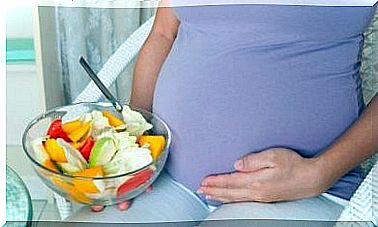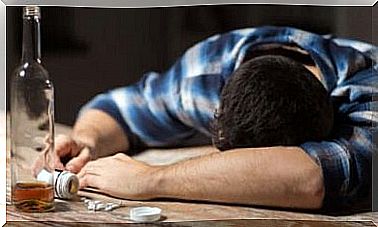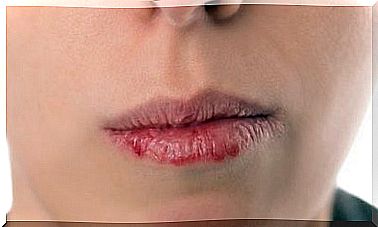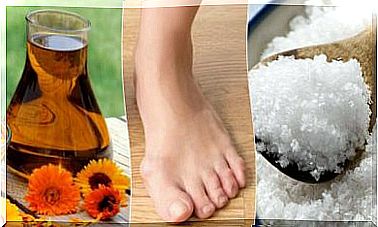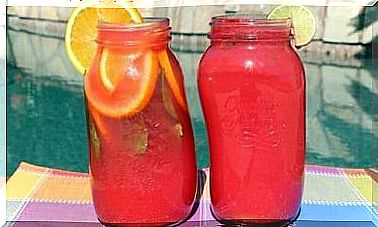Treating Muscle Pain Without Pain Relievers
Stretching and massaging are ideal for preventing and alleviating muscle pain. You should spend at least 10 minutes a day to avoid problems.
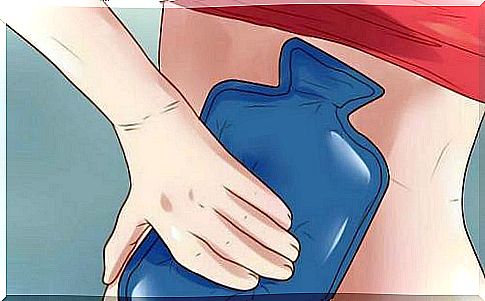
For many people, muscle pain is their daily lot.
Sedentary life, being in front of the computer for more than 8 hours in a row, not exercising and sleeping poorly are some of the causes of these discomforts, which often prevent us from carrying out our activities.
In this article, we will tell you how to deal with muscle pain without resorting to pain relievers.
Tips for eliminating muscle pain
Whether you exercise a lot or don’t move your body much, you can apply the following tips to get rid of that unbearable muscle pain.
1. Apply ice
Ice helps reduce inflammation in muscles when they are sore. But for this technique to have any effect, you must apply it immediately (as soon as the discomfort begins).
There is no point in putting ice on the area a few days later.
- To avoid burning your skin, wrap the ice cubes in a cloth or plastic bag and hold it over the area for 10 to 15 minutes.
- You can also take a cold bath or shower.
2. Stretch
You can do them anywhere: at the office, at the gym, or at home.
A 10-minute series of stretches can help reduce pain when you stay in one position for too long or because of an intense exercise program.
Stretching is useless if the muscle is damaged or if you force it too much.
- Every morning, as soon as you get up, follow a 5-minute program that includes stretching of the arms and legs. This will reduce pain and prevent more serious contractures.
- It’s a great way to start the day.
3. Take a shower for muscle pain
If ice cube application does not work because the area is not inflamed, try the reverse technique.
- Take a shower with the hottest water possible to relax your muscles.
- The immersion bath with Epsom salts or foam is also recommended.
- Steam baths are very effective because they release tension and reduce muscle pain. You can do them at home or go to a sauna or spa (also ask if they offer massages).
4. Walk
Active recovery is more than interesting because it avoids a sedentary lifestyle. If your muscles are aching from your work, try walking a little more.
- No need to go for miles. You can start with a few streets, for example, parking your car a little further than usual from your office.
- As you walk, you can turn your shoulders, move your arms, and turn your head to the sides for greater relief.
5. Massage yourself against muscle pain
Although it is not recommended to give yourself a massage as it can make the situation worse, not everyone can resort to a professional.
In this case, you can gently press on the painful area and make circular motions to relax the area.
But, it is better to consult an expert once a week if the pain is usual or frequent.
He will use effective techniques and add creams, oils or gels that will relieve your contractures.
6. Rest
Stress, routine and obligations are the main causes of muscle pain. This is why it is essential to sleep well at night, and if possible, in the afternoon.
Try to go to bed at the same time and get at least 8 hours of sleep straight. Remember that during the night the muscles recover and heal.
7. Do yoga for muscle pain
This ancient technique not only reduces muscle pain, but also prevents it.
Regular yoga practice improves flexibility, prevents cramps, and relieves stress. Just what your body needs.
If you can’t go to a specialized center, go for a simple, homemade program.
8. Do you rub yourself
Depending on the area of the body that hurts you, you may rub yourself. It is simply a question of rubbing the muscles with a cloth or a towel soaked in hot water.
To increase the effect of friction, we recommend adding an ingredient with anti-inflammatory properties to hot water. Here are some examples:
- Rosemary
- Apple vinegar
- Ground black pepper
9. Eat well for muscle pain
Often, the lack of certain nutrients makes us more vulnerable to contractures, cramps and muscle pain.
- Try to eat a balanced diet that includes all food groups. Protein, carbohydrates, healthy fats and simple sugars.
- Seasonal and raw fruits and vegetables are a must for your meals, as are pulses, dried fruits and lean meat.
10. Drink water
When muscles are not well hydrated, they are more vulnerable and cannot recover as they should.
If we add to this an excessive practice of sport or conversely, a too pronounced sedentary lifestyle, no need to go further to understand what these pains are due to.
To avoid them, try to consume the famous “2 liters of water per day”, and increase them when the weather is hot and if you play sports.
